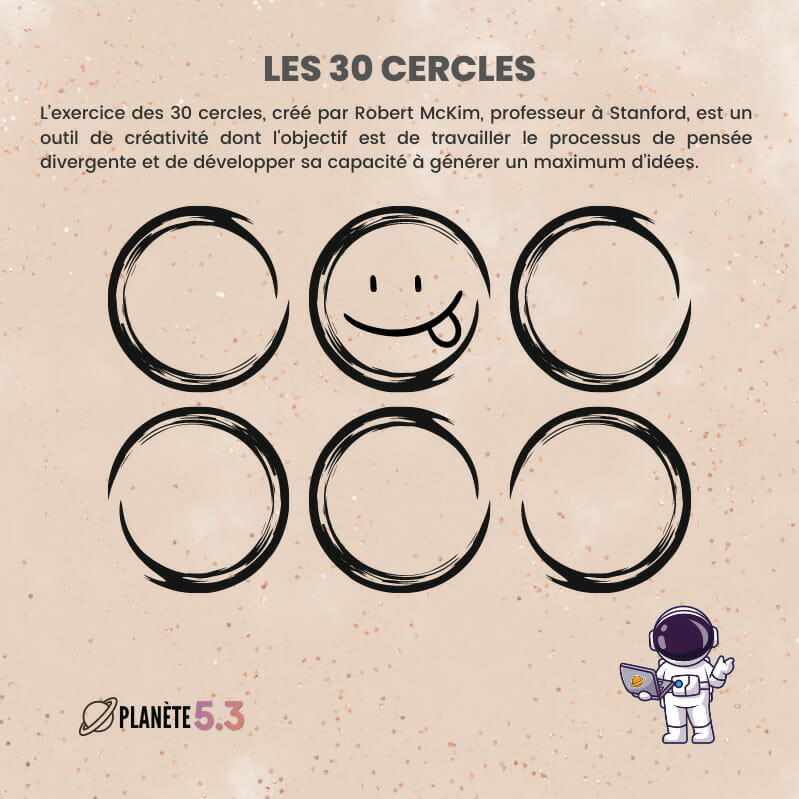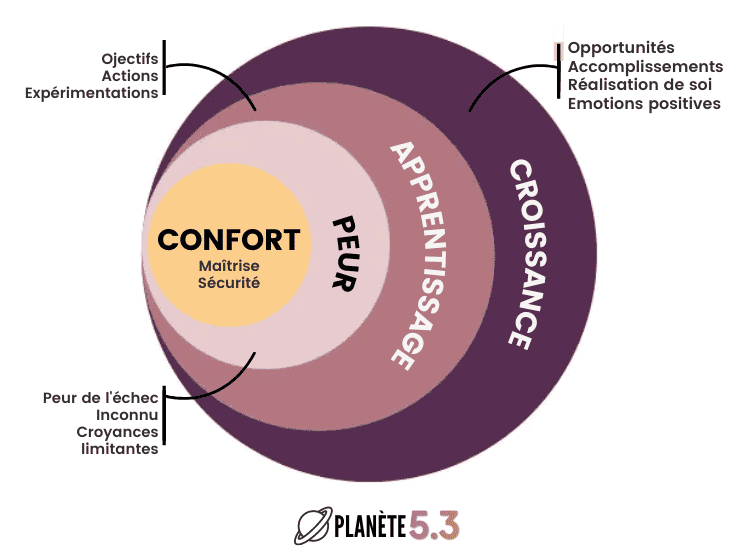
After the T-Roc and the T-Cross, Volkswagen draws a third urban SUV: the Taigo, with the false air of a coupé SUV. A dynamism that tickles the Peugeot 2008, champion of sporty style and current leader in the segment. Match in gasoline version with automatic transmission because, at home, the hybrid does not exist.
Cars on test: Peugeot 2008 vs. Volkswagen Taigo
| Peugeot 2008 1.2 PureTech 130 EAT8 GT Pack | |
|---|---|
|
€33,150 170 € penalty
|
| volkswagen taigo 1.0 TSI 110 DSG7 Style | |
|
€30,740 170 € penalty
|
SUVs flock to the ranges, rain on the roads, flood TV ads and, in this story, the Volkswagen firefighter is not entirely innocent. In 2022, it has eight SUVs in the catalog, including three in urban format! After the T-Roc (with a Golf platform and 4.25 m long), the T-Cross (with a Polo platform and 4.11 m long), here is the new Taigo, from the “small » T-Cross but 3 cm longer than the « big » T-Roc. Particularity of Taigo? Its silhouette of a coupé SUV, with a leaky roof and a very slanted bezel. Inaugurated by premium brands, it is now cascading down to generalists.

If its pavilion remains perfectly vertical, the Peugeot 2008 also seeks to flirt with young fathers allergic to minivans. Carnivorous grille, claw lights, curved side glazing, the 2008 spins the sporting metaphor without denying its family abilities. It has therefore grown since the older generation: 4.30 m and 434 l of trunk, and now displays dimensions very close to those of its rival of the day (4.27 m and 438 l). The format remains compatible with urban use and justifies the choice of an automatic gearbox. At Peugeot, the latter imposes an engine of 130 hp minimum when the Taigo can be equipped with it from 110 hp. A power difference that immediately generates a price difference…
Price Peugeot 2008 vs VW Taigo
For its first match against the leader of urban SUVs in France, the Taigo abandons its Life and R-Line finishes and ticks the last rung, called Style and charged €30,740 in TSI 110 DSG. A pretty price but compensated by the endowment of archi-complete series. Digital instrumentation, GPS navigation, semi-autonomous driving system, front and rear parking sensors, reversing camera, hands-free key, alloy rims, everything is delivered automatically… as on board the 2008 GT Pack, invoiced at €33,150 . To justify its additional cost of €2,400, the Frenchman tried to brandish his blind spot monitoring and his 18-inch rims instead of 17, but he quickly came up against the generosity of the German.


To the aforementioned equipment, the Taigo Style adds two-zone air conditioning, wireless Android Auto and Apple CarPlay connections (no need to connect the USB cable to duplicate its apps on the central screen), induction charging and Matrix LED lights . As on the high-end models, the front optics are then supposed to keep the full headlights as often as possible and only turn off certain diodes when other users approach. On the urban motorway during our night test, the “bad” diodes unfortunately lit up regularly, to the chagrin of dazzled motorists for no reason in the same line of traffic… disqualify the Taigo. On the way !
To drive
Our comparative test begins in the city, where our urban SUVs paradoxically concentrate their main faults. In Taigo, takeoff at the green light generates an unpleasant jolt (due to the slowness of the Stop & Start on restarting), and the arrival of the torque lacks progressiveness as soon as the driver calls for a little punch. The 2008, on the other hand, generates jolts when going from ramp to standstill and more vibrations when going at very low revs.


Too bad because, for the rest, these small SUVs are struggling to facilitate urban explorations: hood clearly visible thanks to the seat possibly high perched, body lined with obstacle sensors, reversing camera as standard. With its softer suspension on bumps and its softer and more manageable steering (thanks to the small steering wheel!), the Peugeot 2008 marks a first advantage. He will multiply them outside the city walls.
Its three-cylinder, more powerful and strong in torque (20 hp and 30 Nm additional), guarantees first of all better reminders if the relief increases or if the passengers add up on board. Its air and rolling noises are also more sealed, guaranteeing better running silence despite a slightly more rumbling engine under load. As for the comfort/road-holding compromise, it remains more favorable with such high cornering grip, but obtained with a more comfortable suspension.


Let’s close this chapter by discussing the standard semi-autonomous driving functions, combining adaptive cruise control with active centering in the lane. A system based on long journeys and well managed in both cases, especially in 2008, which allows you to choose a desired position in the queue to facilitate cohabitation with two-wheelers. Its ease of activation (a physical button on the left of the steering wheel, as for the simple lane departure warning) is convincing.
To live
Aboard the Taigo
On the latest Volkswagens (Golf 8, ID.3), the proliferation of digital panels has served modernity as much as degraded ease of use. The Taigo SUV recovers the dashboard of the restyled Polo which does not fall into this trap: digital instrumentation of course, central touch screen of course, but certain controls remain physical for a more natural use while driving. This is the case of the ventilation, which remains separate from the central screen without keeping its old wheels. To adjust the temperature or the air flow, you can sometimes slide your finger along the control, sometimes tap on the ends. Our test Taigo included the optional 9.2-inch central screen instead of 8 (+ €600), integrating voice recognition and displayable GPS mapping at the counters.




Gesture control appeared more futile (you pass your hand in front of the screen to scroll through certain menus), while the impossibility of keeping the map in the center if you call it at the counters arouses disappointment. But the main pitfall of the Taigo lies elsewhere: the hard and fragile plastics covering the storm doors and the central console make you wince in a car billed for more than €30,000. The standard atmosphere also lacks fantasy, unless you check the Visual Green Design pack as a free option. It invites plastics and lighter upholstery, as well as a green dashboard strip rather than dark gray. Beware of lovers of dubious combinations: the Recife blue and King red exterior colors then become unavailable.
On board the Peugeot 2008
If the Volkswagen Taigo likes to imitate coupes on the outside, the 2008 prefers to imitate them on board with its more enveloping furniture, its central screen slightly oriented towards the driver and its small steering wheel overhung by the counters (which unfortunately hides them in certain positions driving). This arrangement in no way alters the practical aspects, since the Peugeot releases storage space that is both more spacious (glove box and storage compartment between the seats in particular) and more practical. Let’s mention here the clever rotating lid which, once opened, serves as a smartphone holder.




Too bad you have to connect your phone to the USB socket to take advantage of the Android Auto or Apple CarPlay applications on the screen (no wireless function here), betraying a slight technological delay in the infotainment system. Promised on 10 inches diagonally, the display is less in reality because it is framed by two bars recalling the desired interior temperatures. This information is also misleading since the air conditioning remains single-zone (no separate adjustment between driver and passenger) and requires the use of the dedicated menu to be adjusted.
Rear seats and trunk
Coming from the T-Cross, the Volkswagen Taigo loses one of its main arguments at the rear: a 14 cm sliding bench seat. The journeys are however not a torture thanks to a very correct legroom, to an always sufficient roof guard despite the flag lowered by 4 cm and to a well designed bench seat. That of the 2008 supports the thighs and legs less well, but it gives off legroom that is very slightly greater than the side seats. This is less true in the center, where the occasional passenger will be welcomed more firmly despite a central tunnel that is less prominent than that of the Taigo.


Almost identical in terms of volume (434 l at Peugeot, 438 l at Volkswagen), the trunks share the same two-position removable floor, the same rigid luggage cover that can be concealed below and the same small upward slope formed by the backrests a times folded down. At the time of saturating the hold for departures on vacation, the 2008 still advances its lower loading threshold and its less inclined rear window, which more easily allows loading up to the ceiling. Young parents will appreciate!
Find the results of the Taigo vs 2008 match and the technical sheets, prices, equipment and options compared on the next page.















